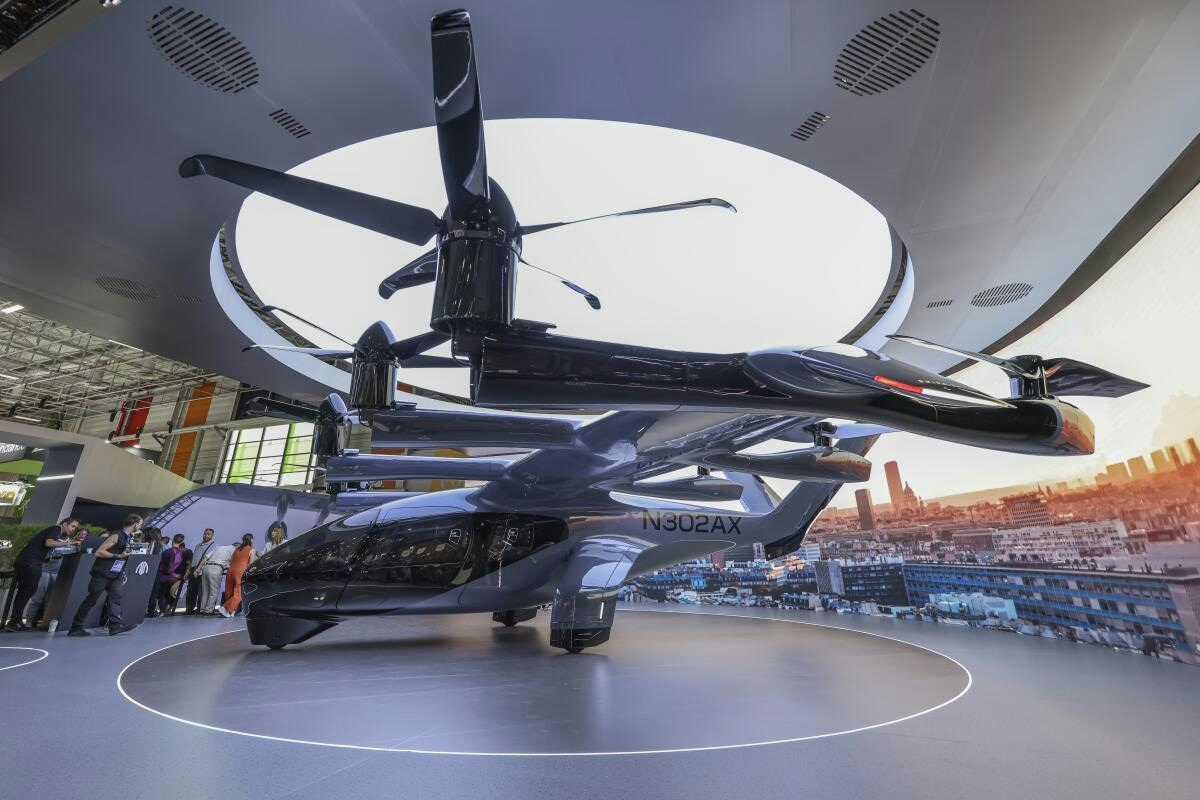
AeroGenie — Your Intelligent Copilot.
Trending
Categories
LOT Polish Airlines Reports Record Passenger Numbers in July
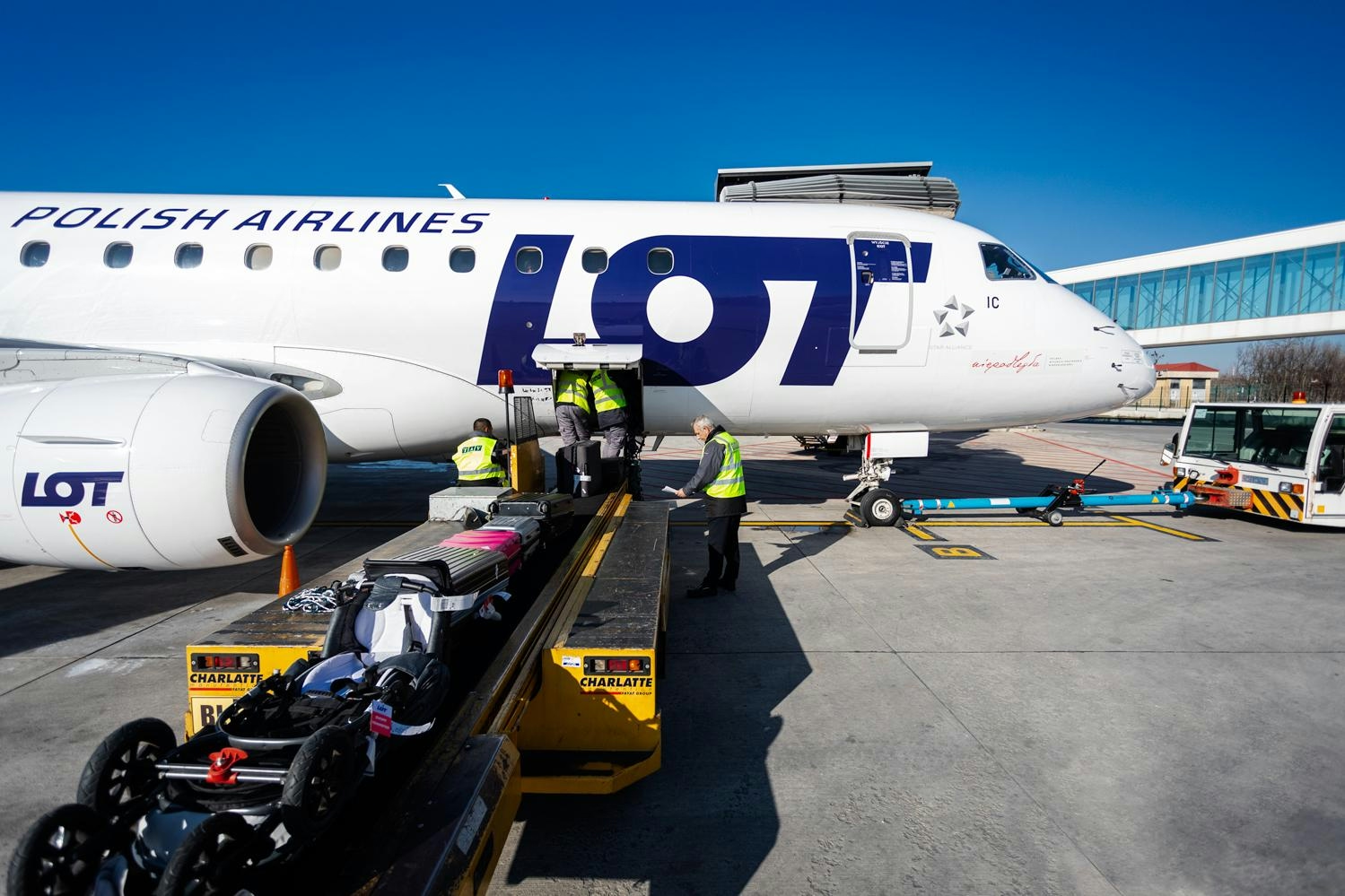
LOT Polish Airlines Reports Record Passenger Numbers in July
Unprecedented Growth and Network Expansion
LOT Polish Airlines has announced a historic milestone, carrying over 1.18 million passengers and covering 15.5 million kilometres in July 2025. This achievement represents the strongest monthly performance in the airline’s 96-year history, building on a solid first half of the year. Both passenger volumes and aircraft flight hours reached record levels, highlighting LOT’s sustained growth and operational efficiency.
The airline’s European routes to Vilnius, London, and Amsterdam were among the most frequented, while long-haul flights to Toronto, New York (JFK), and Chicago recorded the highest passenger numbers. LOT attributes this success to the continuous expansion of its route network. In 2025, the carrier introduced new services from Kraków to Paris Orly and from Warsaw to Thessaloniki, Malta, Reykjavik, and Lisbon. Further growth is planned for the autumn, with upcoming routes to Marrakesh and Rovaniemi, alongside additional destinations expected to be announced by the end of the year.
This expansion has strengthened LOT’s position as a leading airline in Central and Eastern Europe, particularly at Warsaw Chopin Airport, where nearly 60% of passengers now travel on transfer flights. By broadening its destination portfolio, LOT is effectively responding to increasing demand while enhancing regional connectivity.
Competitive Landscape and Strategic Initiatives
LOT’s record-breaking performance emerges amid intensifying competition within the aviation sector. Rivals such as Etihad Airways have unveiled ambitious plans to double their passenger numbers by 2030, signaling heightened competition and potential pricing pressures in key markets. Industry analysts expect airlines to respond with targeted marketing strategies and service improvements to attract and retain customers. Moreover, the integration of advanced digital technologies, including AI-powered booking assistants like the "ChatGPT agent," is anticipated to influence consumer booking patterns and reshape competitive dynamics.
To support its growth trajectory, LOT is advancing its fleet modernization programme. The first of 13 Boeing 737 MAX 8 aircraft ordered by the airline is scheduled to arrive in Warsaw from Seattle by the end of 2025. These new aircraft, together with previously acquired Airbus A220s, form a central component of LOT’s 2024–2028 strategic plan, facilitating further network expansion and enhanced service quality for both European and long-haul travellers.
As LOT continues to expand its network and modernize its fleet, the airline navigates a complex and evolving market, presenting both significant opportunities and challenges in the competitive aviation landscape.
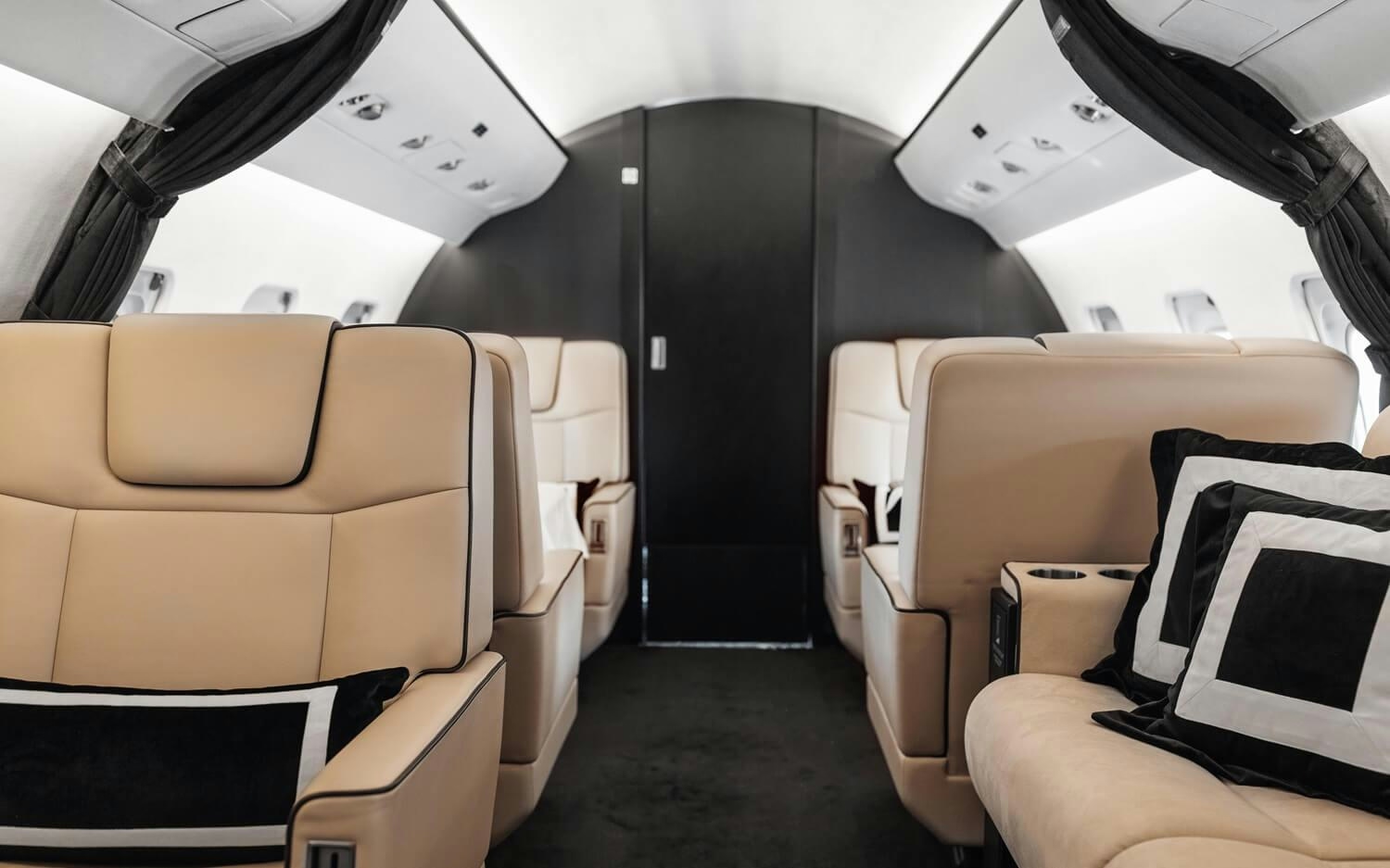
The Continued Importance of Charter Flight Cost and Time Estimators for Business Aviation
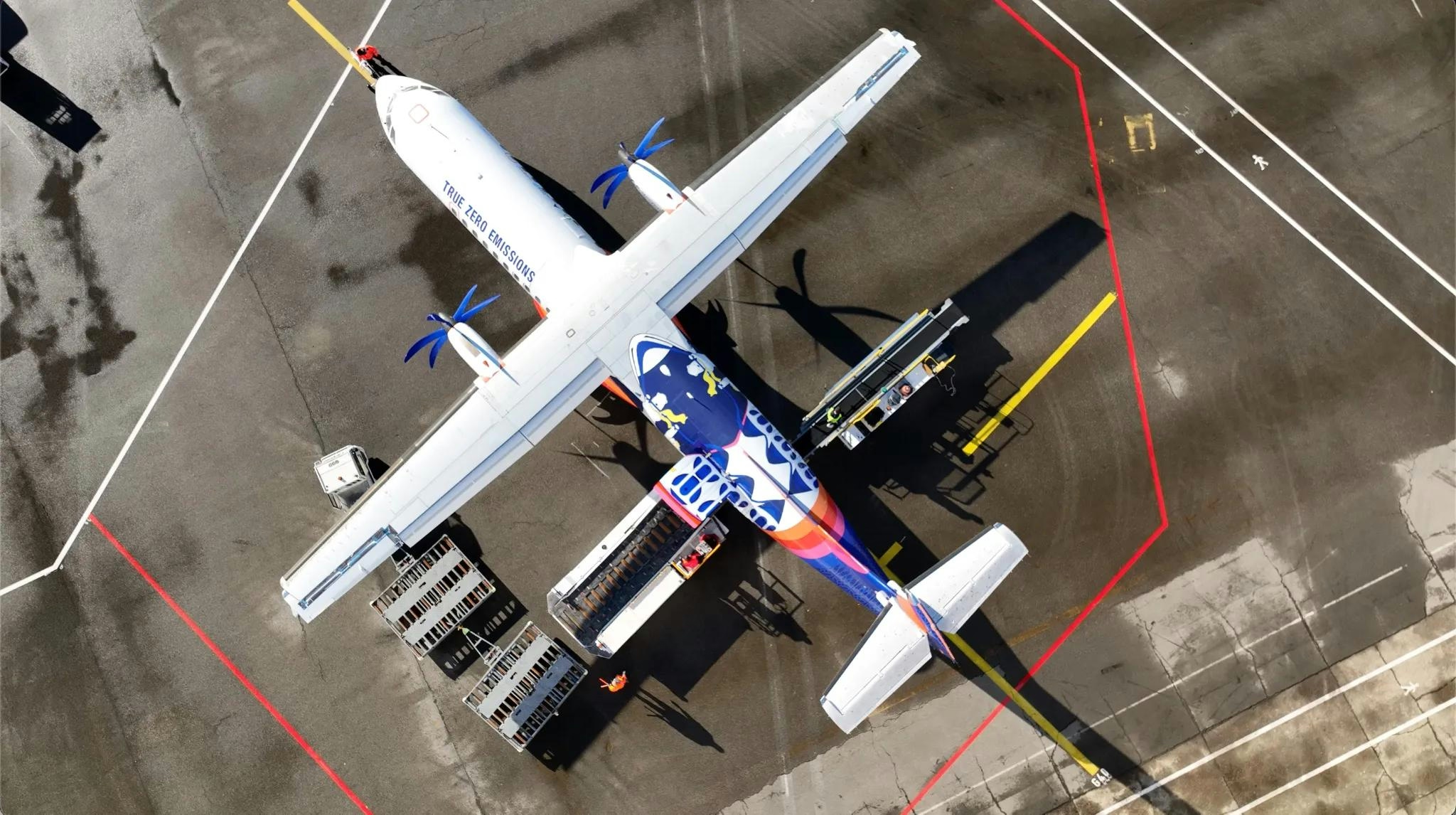
Pivot Airlines to Acquire First DHC-8-Q300 Aircraft

Global Aviation Market Projected to Reach $524 Billion by 2030

Boeing Subsidiary Unveils Pilotless Air Taxi
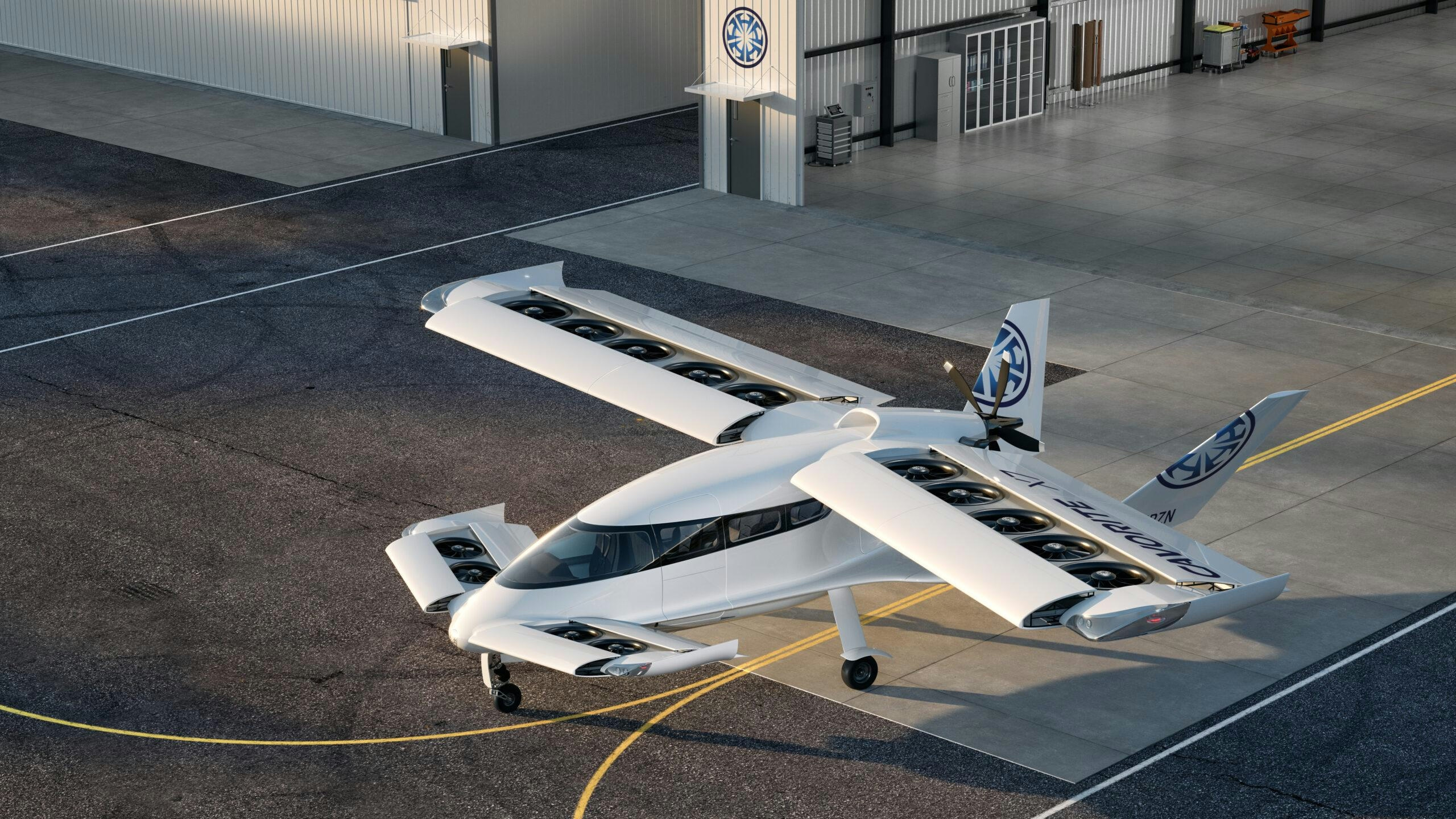
Horizon Progresses Cavorite X7 Toward IFR-Certified Flight

Comparing the Costs of the Boeing 747 and 787

UAE to Begin Drone Deliveries for Noon Minutes Orders
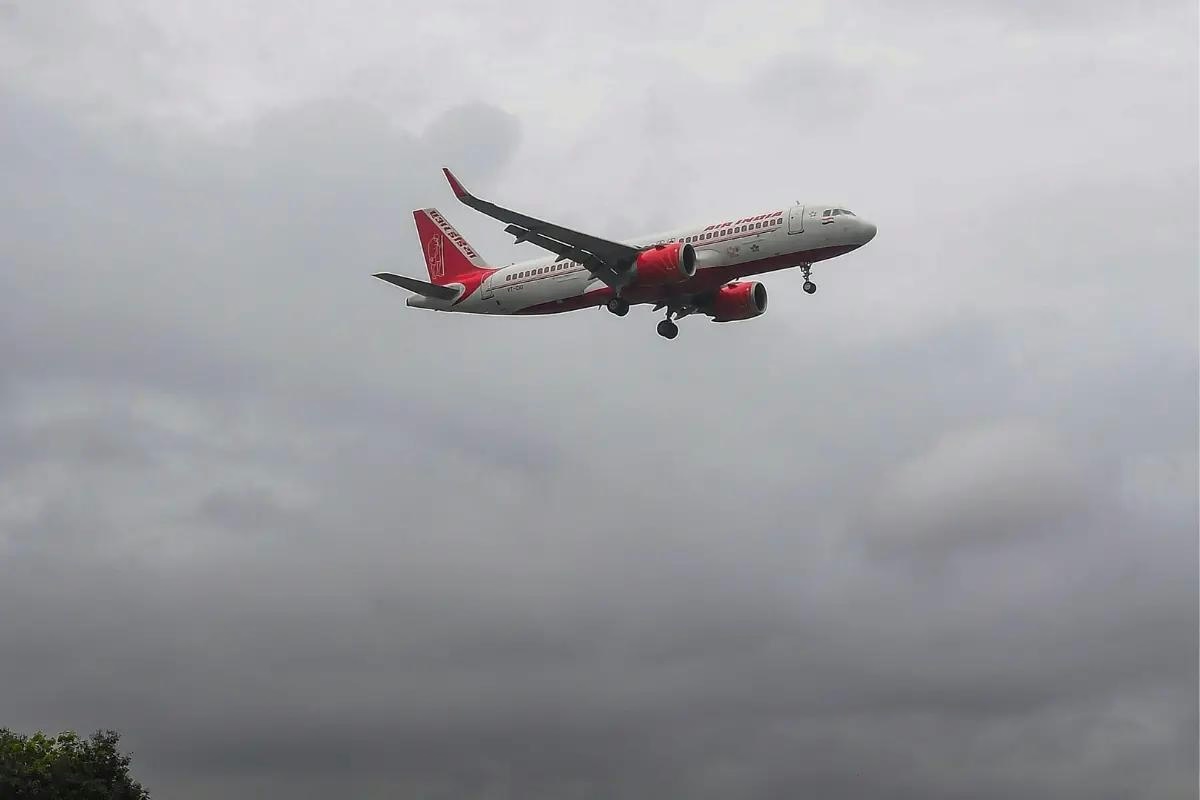
Air India CEO Predicts Visible Changes in 2026
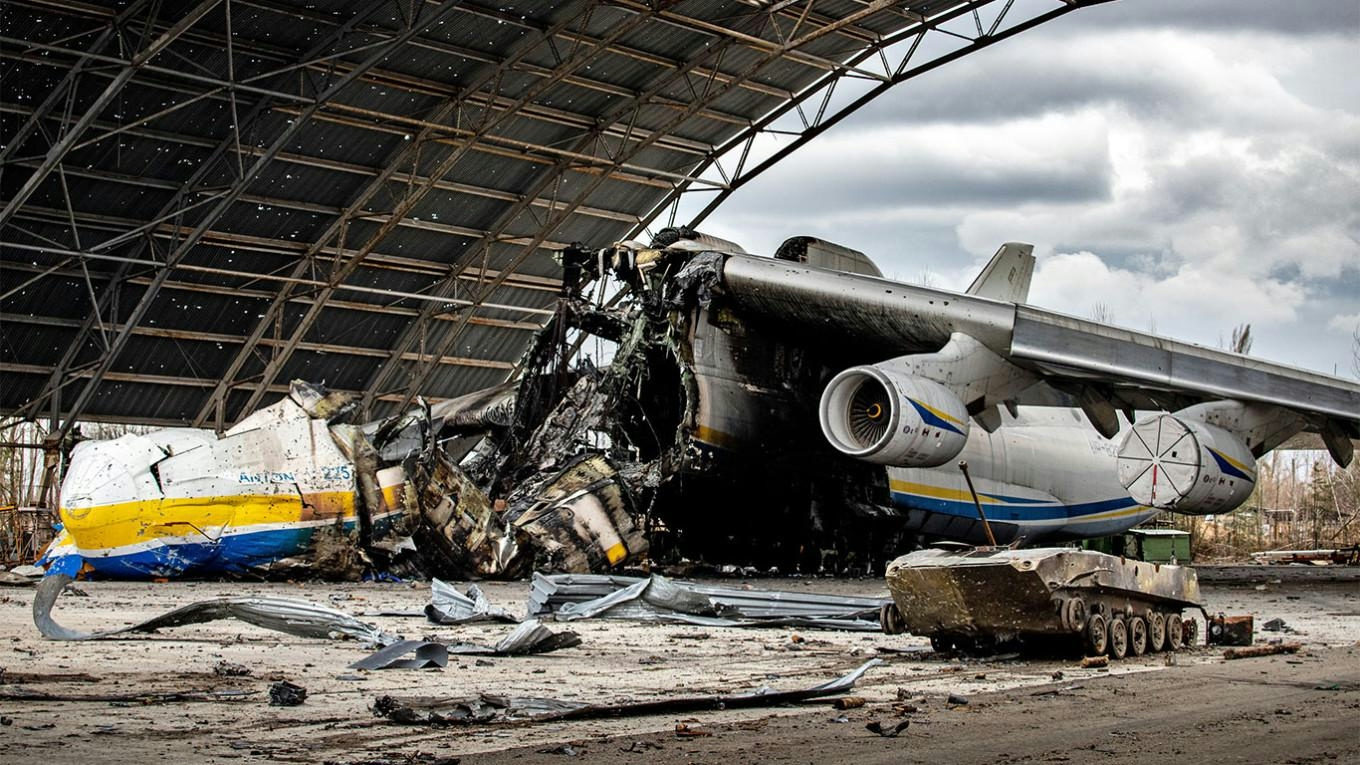
The Aircraft Poised to Replace the World’s Largest Commercial Jet
